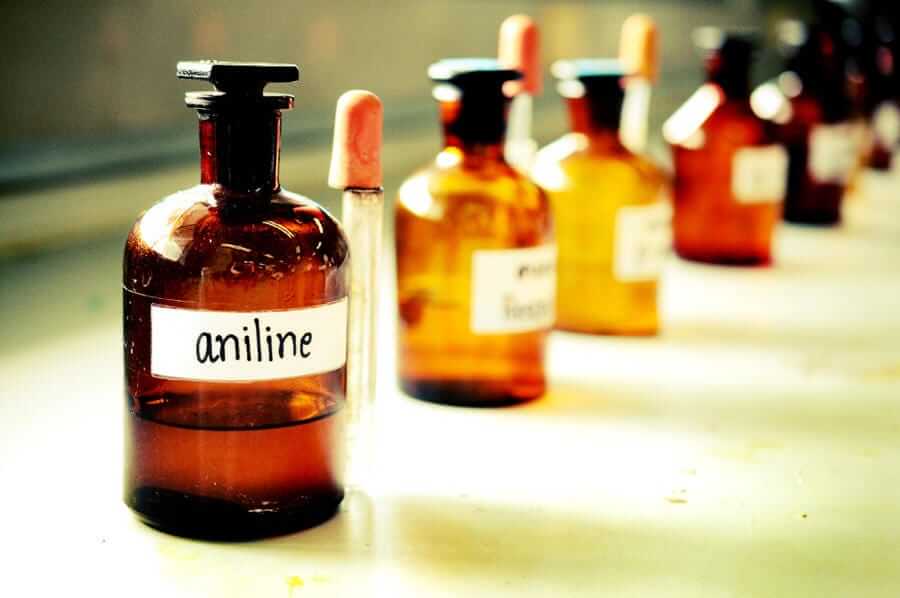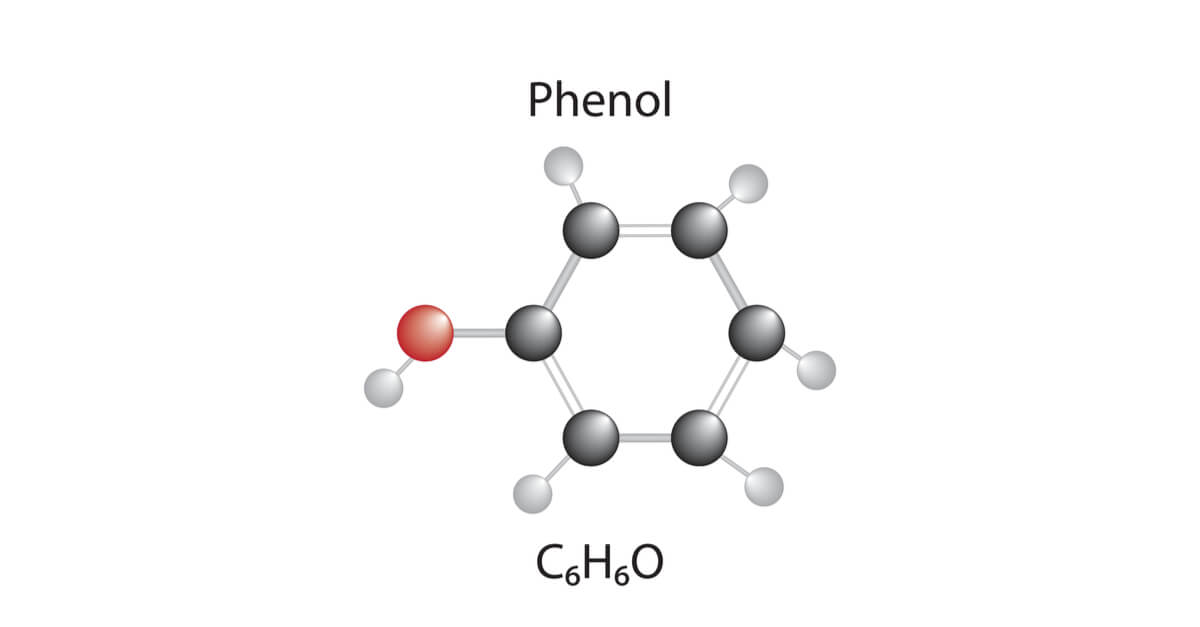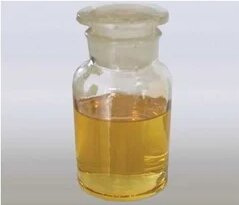The Shift from Traditional Methylating Agents
Methylation plays a vital role for chemists working to build countless materials, medicines, and chemicals. Decades ago, many labs leaned on agents such as methyl iodide and dimethyl sulfate for this task. These chemicals, while effective, left behind a pile of problems most folks would rather avoid. They come with heavy toxicity, they linger in the environment, and their production fills the air with corrosive waste. Handling them paints a picture of thick gloves and fume hoods, along with the uneasiness that follows exposure to anything so dangerous. From a young age, I remember my college’s harsh reminders: treat methyl iodide with the utmost care, or risk health and headaches. Most chemists could list stories about headaches, spills, or trouble with waste disposal. Pushing through reactions with these agents never felt comfortable, for good reason.
Dimethyl Carbonate Enters the Picture
Dimethyl carbonate (DMC) feels different. This chemical arrived as a breath of fresh air in the world of methylation. Fact is, it does the same vital job without the dark cloud of severe toxicity or ecological baggage. Its appeal stretches beyond just safety for chemists; DMC stands clear of issues that plague the environment or linger in water tables. Anyone who cares about what happens to waste outside the lab pays attention when a greener, less toxic chemical steps up. I remember learning about DMC and at first could hardly believe something so useful could be so benign by comparison. It stands out for being biodegradable, which means it won’t hang around causing trouble once it leaves the lab. This practicality sets it apart in a market hungry for cleaner solutions.
The Case for Green Chemistry
Sustainability matters in ways that ripple outward—beyond just chemical plants and research centers. Traditional methylating agents depend on the petrochemical industry, and they often generate large amounts of hazardous waste during production and use. Breathing in fumes or struggling with spills in these settings was almost routine, and the consequences for both workers and the local environment could be severe. DMC steers clear of these pitfalls, both in its manufacture and its fate after use. It's made from methanol and carbon dioxide—two widely available starting points. That second ingredient, carbon dioxide, has a reputation as a climate villain, but here it gets put to work rather than dumped into the air. Any process that turns a waste gas into useful chemicals deserves attention. This isn’t just about dodging harm—it's about finding new ways to redirect what would have been pollution and turn it into value.
DMC Performance in the Lab and Industry
Switching over to DMC doesn’t just remove problems from the workflow; it works. The chemistry holds up in practice, often offering high-yield results in a variety of transformations. Methylation with DMC usually runs under milder conditions, using less energy and requiring less rugged gear. Less need for corrosion-resistant flasks, less worry about accidental exposure—the list goes on. Labs can avoid investing in systems solely designed to handle the disaster potential of legacy reagents. This saves both upfront money and recurring costs. There’s always a worry that “green” comes with a tradeoff in terms of productivity or outcomes. Experience in both research and industry shows that DMC holds its own. Manufacturers don’t just look at data sheets; they listen to staff working on the floor, and those staff appreciate fewer headaches—literally and figuratively.
Removing Toxic Byproducts from the Equation
Old-school methylation leaves behind byproducts that nobody wants in their air, water, or soil—think methyl iodide vapor or sulfate residues that spawn long-term contamination. DMC sidesteps this. After methylation, its breakdown products are much gentler on people and the planet; the main outputs include methanol and carbon dioxide, both common and manageable in industrial settings. Anyone tracking environmental permits knows regulators watch for persistent pollutants and carcinogens, and DMC takes much of that pressure off. For people living or working near chemical plants, the difference between a lab using traditional agents and one relying on DMC can be the difference between trusting local water and worrying about it. It's almost rare to find a switch so simple that can head off so much downstream risk.
The Influence on Policy and Industry Standards
The uptake of DMC isn’t just a matter of lab choice—it reflects changing rules and social expectations. Regulatory bodies have responded to ongoing reports about the dangers tied to old methylating agents. Stricter limits, heavier documentation, and even outright bans create incentives that force industries to find new answers. DMC fits well here. International groups promoting green chemistry point to DMC as a textbook case of how innovation and responsibility can go hand in hand. Industrial manufacturers looking to tap into global markets feel the pressure and the opportunity; using DMC can open doors to certification programs or partnerships that would be impossible with outdated chemistry. In my experience, presenting project plans that include green chemicals like DMC speeds up the approval process, cuts down on paperwork, and draws positive attention from leadership.
Challenges That Still Need Attention
No chemical solution comes without tradeoffs. DMC can demand different conditions for certain substrates—temperature control or special catalysts might come in handy for certain transformations. For some older labs or manufacturing lines set up around legacy reagents, making the switch takes real effort, not just good intentions. Equipment might need modifications, and staff need thorough training to adjust to the new methods. It takes time, money, and buy-in from all levels. But every time an industry makes these changes and sees safer workplaces, lower liability, and improved environmental performance, the case grows stronger. Universities are shifting their curricula to teach greener methods, and industry leaders looking to attract new talent brag about investing in safer, smarter chemistry. Change rarely comes cheap or easy, but it’s worth it for everyone involved.
Pushing Forward with Smarter Choices
What gives dimethyl carbonate its “green” status isn’t just lower toxicity or fewer harsh byproducts—it's the broader shift in thinking that it represents. Chemists, regulators, and companies now place a premium on safety, sustainability, and corporate responsibility. Clean chemistry isn’t a buzzword anymore—it’s the rule for anyone who wants to stay ahead. In meetings or lab briefings, the talk often turns to finding better solutions, and DMC keeps popping up. Its story isn’t just about what gets made in the flask, but about reducing harm, promoting smarter business, and pushing science in a brighter direction. If you want chemistry to support growing populations, cleaner air, and healthy water, then picking DMC over legacy agents is more than just technical progress—it’s progress that matters in every sense.



